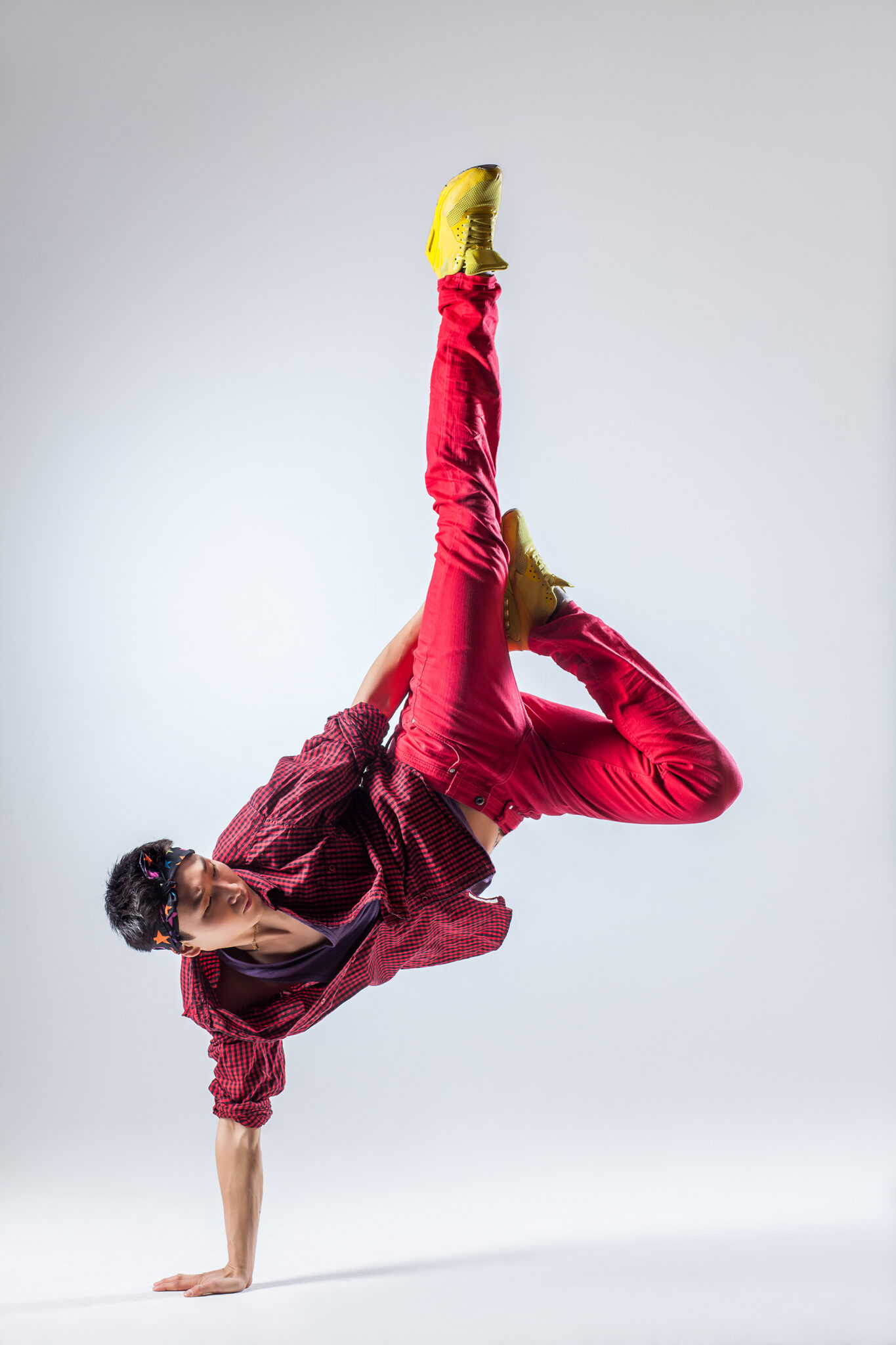
Why Exercise is the Key to Healthy Ageing
Have you heard about the mystical Chinese art of Qigong? If you have, I still believe that Qigong may remain something of a mystery to

It was developed by Dr LJ Lee, a Canadian Physiotherapist, and is an integral part of ConnectTherapyTM, a model used to assess whole body function and performance.
The model postulates that each rib level (thoracic ring) forms a functional unit of the thorax and during movement and function, the rings should remain stacked (think stack of dinner plates).
One of the key movements in the thorax is rotation and even during this, the rings should remain stacked and rotate together.
This however, is not always the case.
In our blog two weeks ago, From Head to Toe we discussed the case of the injured ankle and the implications it has on the body, even areas far from the injury.
A common compensation is to shift the body weight off the injured foot.
Let’s say the right foot.
This shift can be initiated through the thorax and often at a specific level, for example the 4th and 5th thoracic rings. Because of this this shift, the thorax sits to left and rotates to the right.
Not where it’s supposed to be. Not for optimal function.
After the injury heals, the thorax doesn’t automatically shift back to its original position or functionally as well.
Why?
This is often due to pre-existing muscle imbalances and neuromuscular adaptions that occur because of the injury.
Thoracic ring dysfunction must be carefully diagnosed. If the thorax is found to the driver, the treatment is focused on optimal ring stacking to allow for optimal movement and control.
Stacked rings bring the thorax back over the pelvis and feet allowing for optimal muscle function.
With optimal muscle length-tension relationships and neural drive, the thorax spring-like function allows for effective load transfer and force transmission.
#thoracicringapproach #connecttherapy #physiotherapy

Have you heard about the mystical Chinese art of Qigong? If you have, I still believe that Qigong may remain something of a mystery to

Have you heard about the mystical Chinese art of Qigong? If you have, I still believe that Qigong may remain something of a mystery to

Have you heard about the mystical Chinese art of Qigong? If you have, I still believe that Qigong may remain something of a mystery to